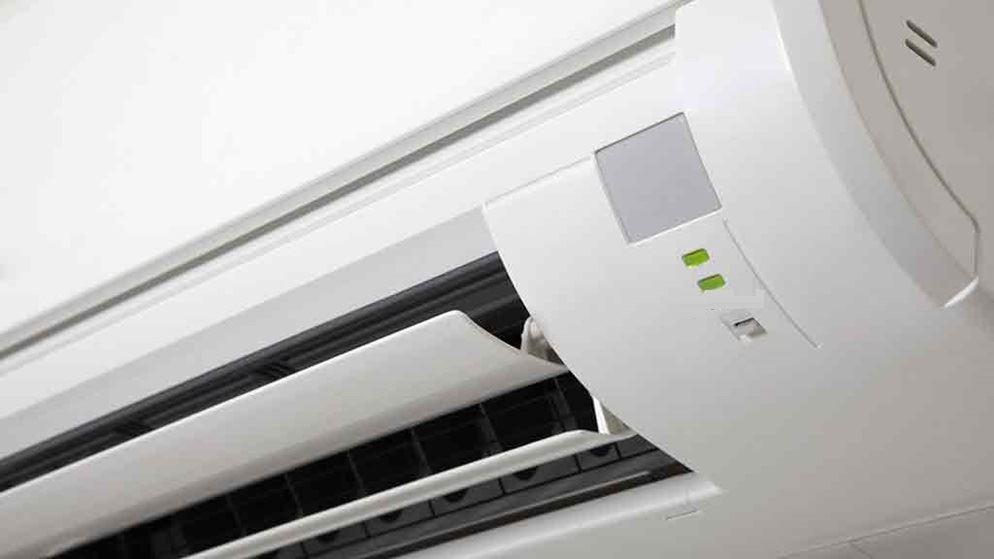Refrigerants play a great role in our day to day life. They are basically employed everywhere right from your air conditioning system to your refrigerator. In an AC, a refrigerant is present inside the condenser coils. A refrigerant absorbs the heat from the room and in return releases cool and pleasing air in the environment.
Recently, there was a surge in the concern among the general population regarding global warming and other environment-related issues. Owing to this, people were also turning to eco-friendly refrigerants. This was precisely the reason why the refrigerants working on Chlorofluorocarbon (CFCs) like R22 had to bid goodbye to the international market. The other two types of refrigerants are Hydrochlorofluorocarbons (HCFCs) and Hydrofluorocarbon (HFCs). HFCs are devoid of chlorine atoms and are thus comparatively less damaging for the environment. The examples include R32 and R410A. However, there is a difference between R32 and R410A as well. To find out which one is better, have a look at the various points stated below for R32 vs R410A.
However, one must always remember that no matter how lucrative the idea seems to switch R22 with R410A in the same appliance is never a good idea and can lead to breaking down of the entire air conditioning system.
- Flammability: R32 outperforms R410A in this aspect. It not only has a higher cooling capacity but also requires a much smaller footprint for the equipment employed. Ironically, R410 is a combination of R32 and R125. The R125 plays a major role in decreasing the flammability of R32.
- Saturated Pressure: When it comes to saturated pressure, the two systems are pretty much on the same footing. Through this, we can easily derive that the development of an R32 system which has R410A as its platform will be quite easy.
- Critical Temperature: Critical temperature of a substance refers to the maximum temperature at which its vapour can be liquefied. The critical temperature of R32 is higher. This essentially means that it shall yield a greater COP than R410 A.
- Latent Heat: On comparing R32 and R410A, we can clearly deduce that R32 ranks higher and yields a greater COP.
- Isentropic Exponent: The isentropic exponent effects the pressure ration and the temperature of discharge of the system. R32 ranks a bit better than R410A in this aspect as well.
- Cooling Capacity: Cooling capacity plays an important role when it comes to enhancing the efficiency as well as the pipe size of the system. R32 proves its mettle by defeating R410A when it comes to the volumetric cooling capacity too.
- Density: Owing to its much smaller density, the amount charge of R32 is also way smaller than R410A.
- Eco-friendly: R32 is safer for the environment as compared to R410 A. We must keep in mind that the measurement of GWP is done per kilogram. Thus, the real impact of R32 on the environment is even lesser than what is impacted by its GWP.
This is the good side of the picture when it comes to R32 vs R410 A and the victory of R32 in the same. However, there is indeed a major drawback associated with r32. The discharge system of this system is quite high. It will lead to problems like degradation of oil in the future. In order to assure the efficient working of the system, the discharge temperature needs to be restricted to an acceptable range.
Social media is indeed playing a major role in increasing awareness among people when it comes to this topic. This article is a mere glimpse of R32 vs R410A. To get more information before purchasing your next refrigerants, refer to sites likes www.bijlibachao.com, www.ac-heatingconnect.com, www.andservices.com etc.







